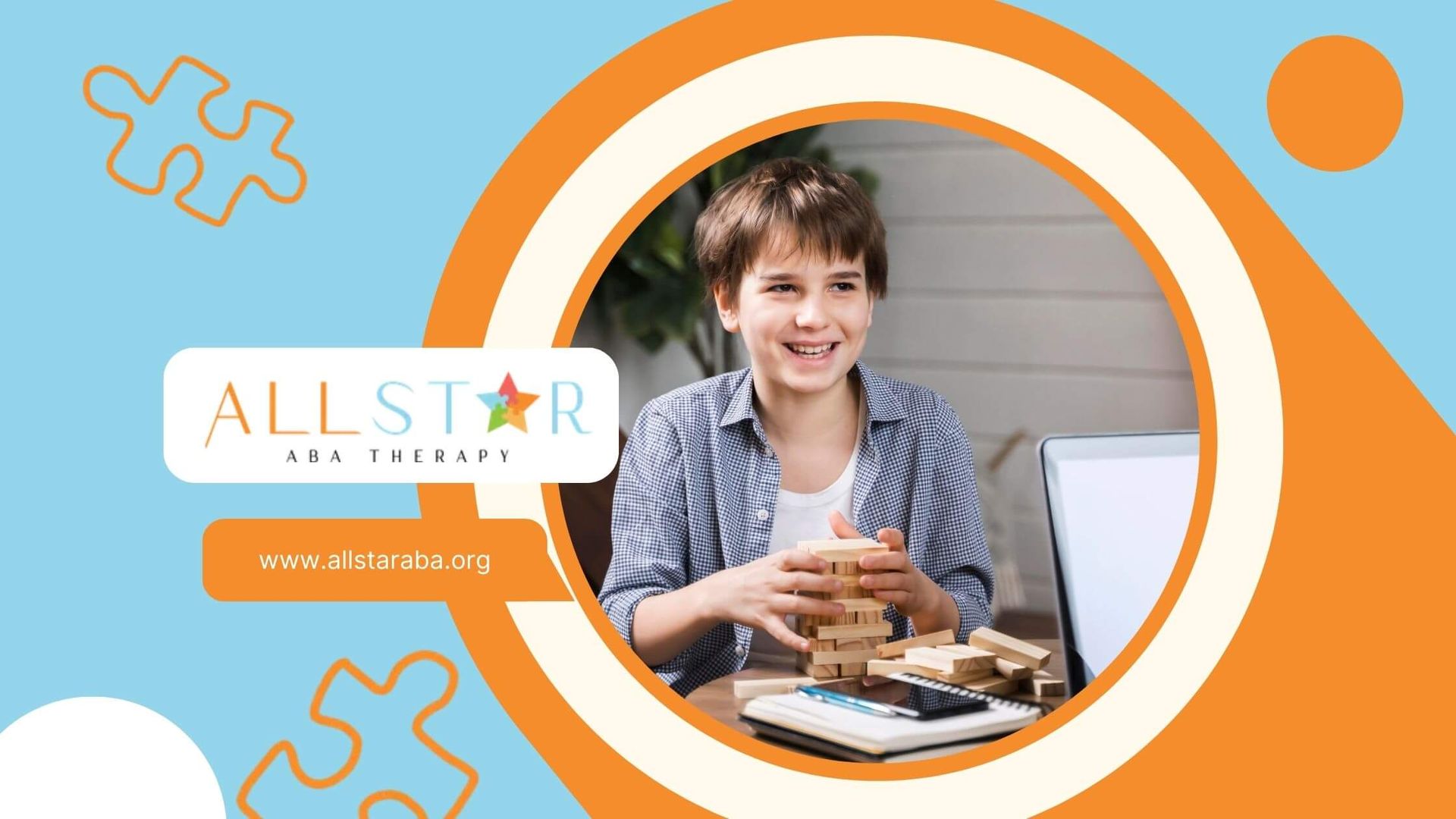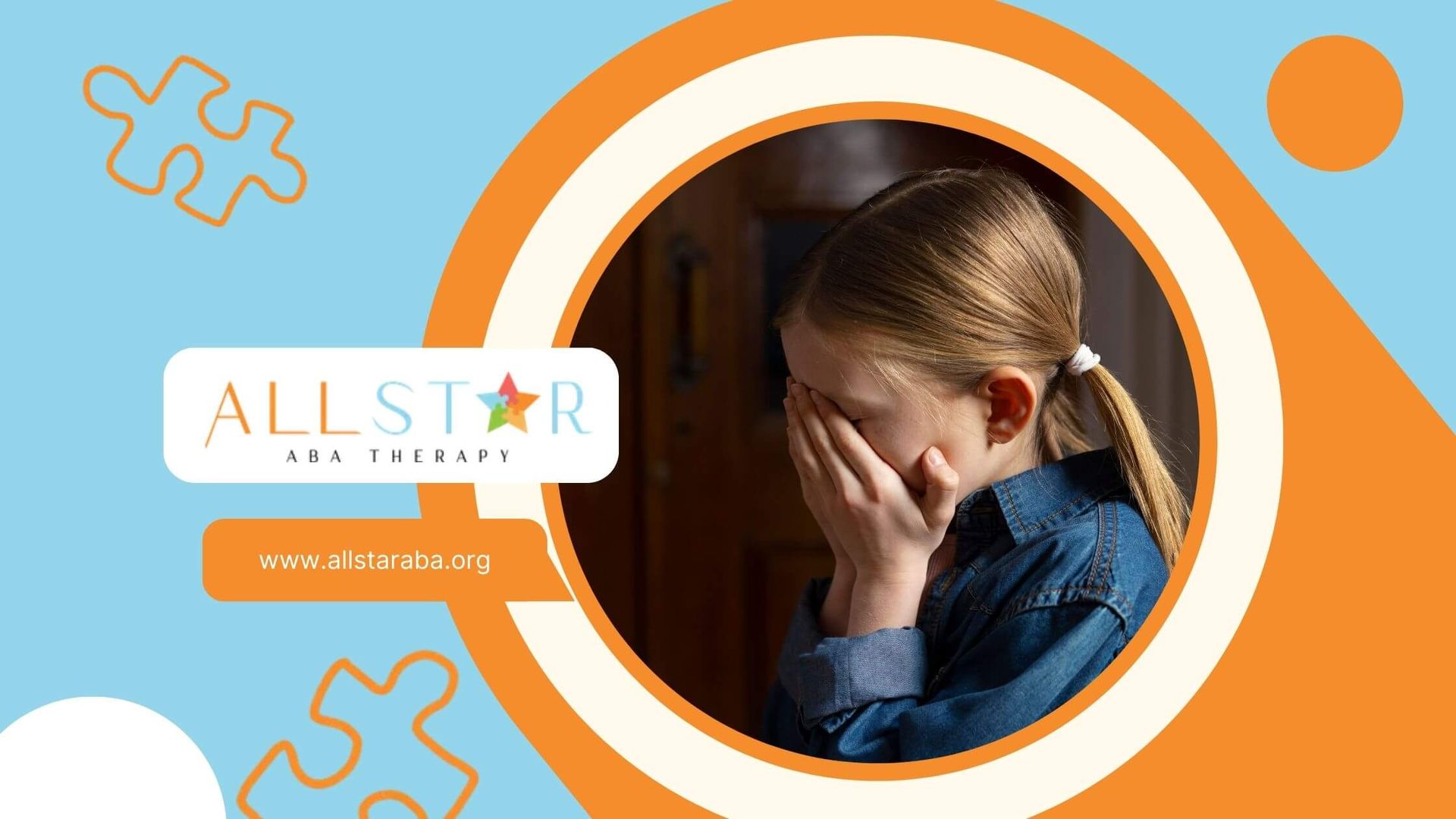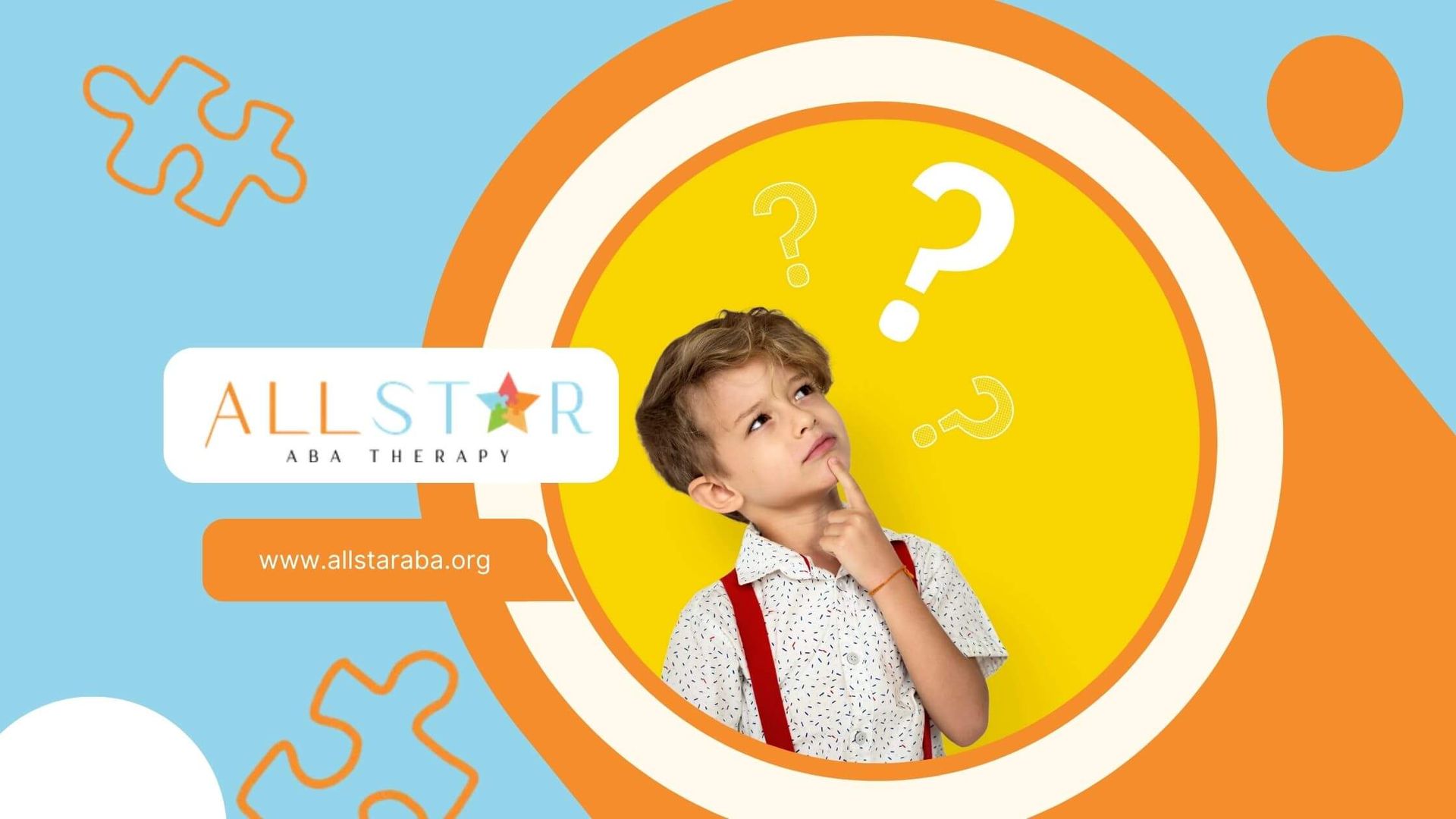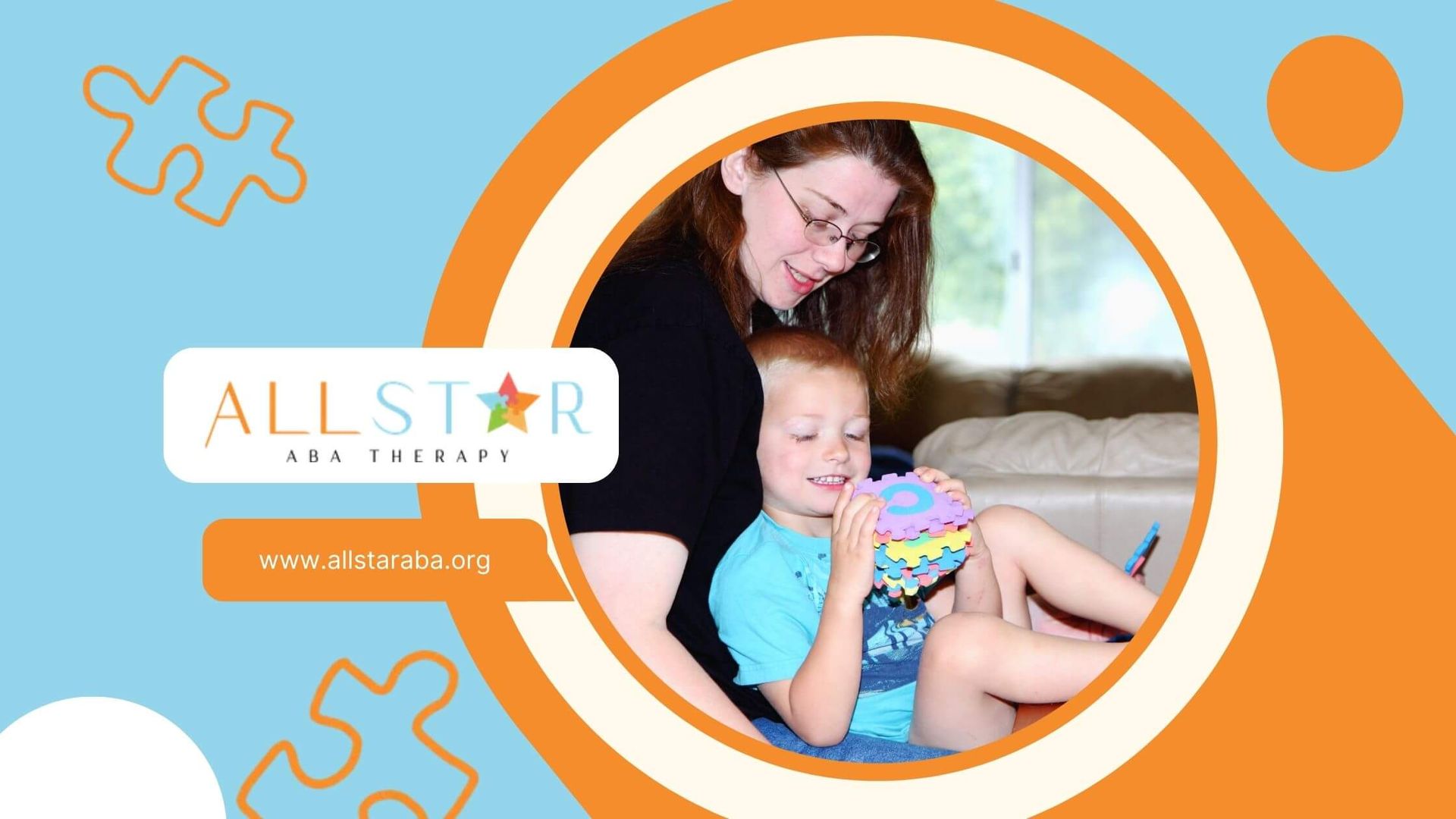New Paragraph
From Structure to Imagination: How ABA Therapy Builds Creativity
Every child has a creative spark, though it might not always look like crayons and finger paints. For some kids, it’s scripting stories from a favorite movie. For others, it’s building elaborate Lego worlds.
ABA therapy can nurture that spark by creating opportunities for children to use their imagination while still learning important skills.
Creativity and Children with Autism
Creativity takes many forms. It might look like painting or singing, but it can also show up when a child makes up a game, invents a silly story, or figures out a new way to build with blocks.
For children with autism, developing creativity is especially powerful because it helps with:
- Communication: Expressing thoughts and feelings through words, art, or play.
- Social skills: Connecting with peers during games, role-play, or shared activities.
- Problem-solving: Finding flexible solutions to everyday challenges.
- Emotional regulation: Using art, music, or play to process big feelings.
- Confidence: Exploring new ideas and discovering personal strengths.
Some parents worry that their child isn’t “creative” in a typical sense, but creativity looks different for every child.
For one, it may be building intricate Lego structures. For another, it may be scripting stories or drawing detailed characters.
How ABA Therapy Encourages Creative Growth
While ABA therapy is structured, that very structure creates space for creativity to thrive. Here’s how:
Following a Child’s Lead
One of the most effective ways to spark creativity is to start with what excites your child.
If your child loves dinosaurs, therapists might build lessons around them—counting toy dinosaurs, role-playing as paleontologists, or making up dinosaur adventures. This keeps learning fun and imaginative.
Natural Environment Teaching (NET)
NET brings learning into everyday routines. Instead of sitting at a table, skills are practiced during natural moments—like pretending a sandwich is a “cooking show recipe” at lunch or turning a walk into a nature scavenger hunt.
These activities teach flexibility while keeping creativity alive.
Play-Based Learning
Play is a natural gateway to creativity. Through pretend play, children practice social roles, communication, and storytelling.
A therapist might join a child in building a block tower, then encourage imaginative twists: “What if this is a castle? Who lives inside?”
This blend of structure and imagination encourages both skill-building and creative thinking.
Creative Reinforcement
Reinforcement is a cornerstone of ABA therapy. But reinforcement doesn’t always mean stickers or snacks. It can be singing a silly song, creating a funny handshake, or letting the child invent a dance. Using creative reinforcers keeps therapy motivating and joyful.
Examples of Creative ABA Activities
Here are some real-world examples of how therapists (and parents) can weave creativity into ABA:
- Art projects: Drawing, painting, or sculpting to encourage fine motor skills and self-expression.
- Storytime with a twist: Pausing in the middle of a favorite book and asking your child to invent what happens next.
- Music games: Playing instruments, clapping rhythms, or turning instructions into songs.
- Role-play: Pretending to be shopkeepers, superheroes, or chefs to practice social interaction and communication.
- Building challenges: Using Legos, blocks, or even cardboard boxes to design creative structures.
Each of these activities can be connected to ABA goals while still giving your child freedom to explore.
How Parents Can Support Creativity at Home
Parents play a big role in helping creativity flourish outside therapy. You don’t need fancy supplies or hours of free time—simple, everyday activities are enough.
Make Space for Open-Ended Play
Leave room in the day where your child can play without a set outcome. This might mean giving them art supplies without instructions or letting them build with blocks however they want.
Encourage Imaginative Storytelling
Storytelling can be spoken, acted out, or drawn. Take turns making up parts of a story, or let your child “direct” a puppet show. This builds both language and imagination.
Use Music and Movement
Music can be a powerful creative outlet. Try singing instructions (“time to put on your shoes!”), playing rhythm games, or having mini dance parties to boost energy and expression.
Join the Play
Sometimes, the best way to nurture creativity is to get involved yourself. Follow your child’s lead—if they pretend to be a doctor, be their patient. If they want to be a chef, taste-test their “meals.” Modeling flexibility encourages them to expand their imaginative play.
Balancing Structure and Creativity
It’s common for parents to wonder if ABA therapy is too structured to encourage creativity. In reality, structure and creativity balance each other out.
Structure provides safety, predictability, and guidance. Creativity provides flexibility, exploration, and joy. Together, they create the ideal environment for learning and growth.
Why Creativity in ABA Is Important for Long-Term Growth
Encouraging creativity isn’t just fun—it helps children with autism build skills that last. Flexible thinking, problem-solving, and emotional expression are essential for independence later in life. By weaving creativity into ABA, children gain tools that support them far beyond therapy sessions.
At All Star ABA, we believe every child deserves both structure and freedom to imagine. Our services—in-home ABA, center-based therapy, school-based ABA, and ABA parent training—are designed to support families in Maryland and Virginia.
If you’d like to see how ABA can nurture your child’s creativity, reach out to us today. We’d love to help your child grow with confidence.
FAQs
Can ABA therapy encourage creativity?
Yes. By following your child’s interests, using play-based strategies, and offering flexible reinforcers, ABA therapy can encourage creative expression.
What creative activities can parents try at home?
Art projects, music, storytelling, and pretend play are all great ways to encourage creativity while reinforcing ABA goals.
Isn’t ABA too structured for creativity?
Not at all. Structure gives children a safe foundation, while creative activities give them freedom to explore. Together, they support balanced growth.
Sources:
- https://www.autismspeaks.org/tool-kit-excerpt/helpful-strategies-promote-positive-behavior
- https://marybarbera.com/behavior-reinforcement/
- https://www.urmc.rochester.edu/encyclopedia/content
- https://www.autismparentingmagazine.com/aba-therapy-activities-guide/
- https://www.autismspeaks.org/applied-behavior-analysis
- https://pmc.ncbi.nlm.nih.gov/articles/PMC3196209/
Need Support?
We're Here to Help!
Our experienced team is ready to assist you. Reach out today to discuss how we can support your child's development and well-being.
Get started with expert ABA therapy today.








